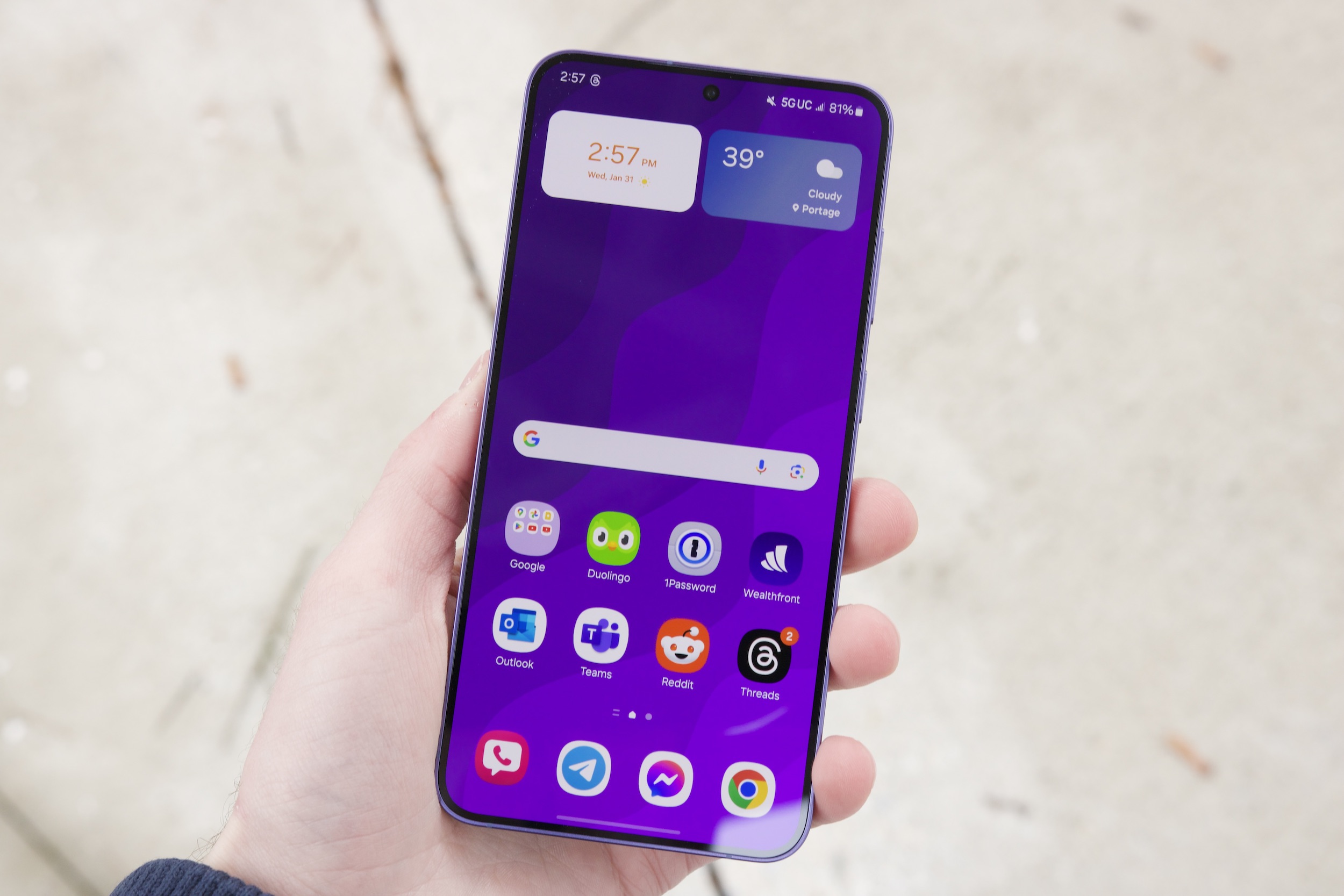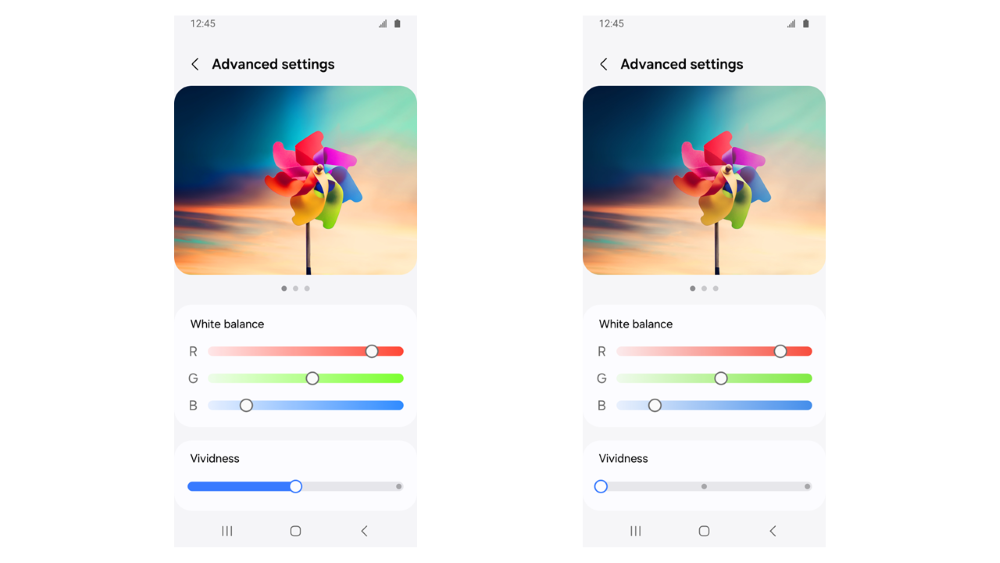
Samsung’s Galaxy S24 series is a proven hit — with all three phones securing themselves as some of 2024’s best smartphones. However, not everyone has been thrilled with Samsung’s latest.
Since the Galaxy S24 hit the scene, numerous reports online show people complaining about the Galaxy S24 handsets having “dull” and “bland” screens. Thankfully, Samsung has just announced a fix for this.
On February 14, Samsung said in a blog post, “Based on your feedback, through an upcoming update, we aim to provide enhanced options and experiences across the device display and camera, enabled by advanced hardware and software integration efforts.”

As it stands today, every Galaxy S24 phone has two screen color options: Vivid and Natural. You can customize the white balance with a single slider for each one, but that’s as far as the customization options go. With this update, Samsung is adding an “Advanced settings” toggle that will enable you to manually adjust the RGB values for your screen’s white balance, in addition to a new vividness slider. As Samsung explains, “By adjusting the ‘Vividness’ option under display ‘Advanced settings,’ you can now enjoy a more vibrant display.”
Personally, I’ve not found my Galaxy S24 Plus screen to be “dull” or “bland” by any means. In fact, I think it looks pretty incredible, exactly how it is today. We also found no display issues in our reviews of the Galaxy S24 or Galaxy S24 Ultra. It’s possible that duller display colors only affect select Galaxy S24 models, or some users may be more sensitive to this thing than others.
Whether or not you’ve noticed these display issues, a fix is coming. Samsung says the update is rolling out in February, so it should be arriving on your phone soon.



